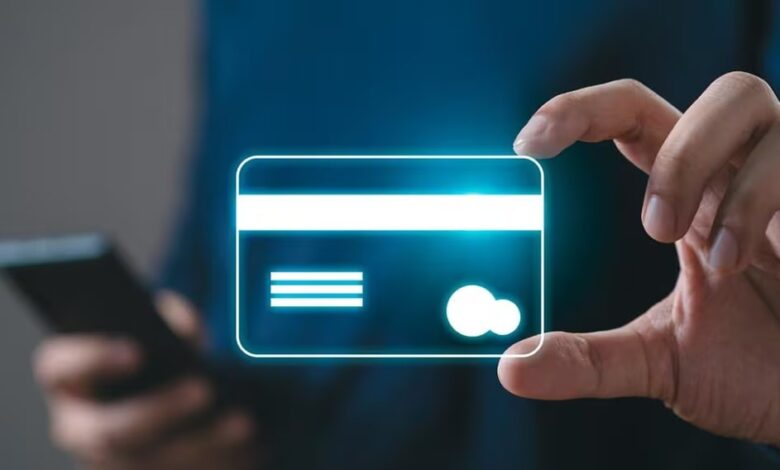Virtual Debit Cards vs. Physical Cards: Which Is Better?

In today’s fast-paced digital world, managing money virtual card has become more convenient than ever. One of the most notable developments in the banking and financial sector is the emergence of virtual debit cards. As more people adopt digital solutions, the debate over virtual debit cards vs. physical cards is gaining momentum. Each type of card comes with its own pros and cons, making it essential for consumers to understand the differences to make informed decisions.
Understanding the Basics of Debit Cards
Before diving into comparisons, it’s important to understand what debit cards are. A debit card allows users to access funds directly from their bank accounts to make purchases, withdraw money, or pay bills. Traditionally, this has been in the form of a plastic physical card, complete with a magnetic stripe, chip, and PIN. However, the rise of online banking has led to the introduction of virtual debit cards, which exist purely in digital form and are typically issued instantly through an app or online platform.
What Is a Virtual Debit Card?
A virtual debit card is a digital version of a traditional debit card. It has a card number, expiration date, and CVV just like a physical card but doesn’t exist in a tangible form. These cards are generally issued by banks or fintech companies and can be used for online shopping, subscription services, or even linking to digital wallets like Google Pay or Apple Pay. Since they are not physically mailed, they are accessible almost instantly and are especially useful for people who rely heavily on online transactions.
Advantages of Virtual Debit Cards
Virtual debit cards come with several benefits. First and foremost is instant issuance—you can get a virtual card within minutes after opening an account or applying online. Secondly, they offer enhanced security features, such as temporary card numbers or the ability to lock and unlock the card instantly through an app. These cards also help protect your primary bank account by allowing usage limits, single-use numbers, or merchant-specific cards. For those who frequently shop online, virtual cards offer unmatched convenience and safety.
Benefits of Physical Debit Cards
While virtual cards are great for digital convenience, physical debit cards are still essential in many aspects of daily life. They are widely accepted for in-person transactions such as grocery shopping, ATM withdrawals, or restaurant payments. Physical cards are also often embedded with contactless payment technology, allowing for fast and secure tap-and-go transactions. Moreover, some people still feel more comfortable with something tangible in hand, especially when it comes to financial products.
Security Comparison: Virtual vs. Physical
One of the main points of debate in the virtual vs. physical debit card discussion is security. Virtual cards are often considered safer for online transactions since they can be deactivated easily or generated for one-time use. This makes them less susceptible to fraud if the details are compromised. On the other hand, physical cards can be lost, stolen, or cloned, although most now include EMV chips and 3D Secure protocols. However, physical cards are still vulnerable at ATMs or point-of-sale terminals that haven’t been upgraded with modern security tech.
Accessibility and Usage
In terms of accessibility, virtual debit cards are incredibly fast and easy to obtain—no waiting for the mail, no physical paperwork, and often no need to visit a bank. They’re especially useful for people in remote locations or those without access to traditional banking infrastructure. Physical cards, however, are still required in many countries for offline transactions or for verifying identity at government institutions, hospitals, or hotels. So, while virtual cards offer speed, physical cards offer universal usability.
Costs and Fees
When comparing costs, virtual debit cards often come with fewer fees. Many digital banks or fintech companies offer them for free or as part of a low-cost plan. There are also fewer chances of incurring replacement or delivery charges. Physical debit cards, however, may involve issuance, annual, or replacement fees. Additionally, physical cards might attract ATM withdrawal fees, whereas virtual cards usually focus on online usage and thus skip those costs entirely.
Ideal Use Cases for Each Type
So, which type of card suits which type of user? If you’re a digital native who primarily shops online, pays for subscriptions, and uses digital wallets, a virtual debit card might be ideal for you. It offers quick setup, strong security, and online flexibility. However, if you often make in-person purchases, need to access cash from ATMs, or travel frequently, a physical debit card is likely more practical. Many people actually benefit from using both in tandem—leveraging the strengths of each depending on the situation.
Conclusion: Choosing What’s Right for You
Ultimately, the choice between a virtual card and a physical debit card depends on your lifestyle, spending habits, and security preferences. Virtual cards represent the future of banking, offering convenience and enhanced protection for online transactions. Physical cards, on the other hand, still have their place in everyday transactions and are indispensable in certain scenarios. For most users, a hybrid approach—using both card types when appropriate—provides the best balance between security, accessibility, and usability.
